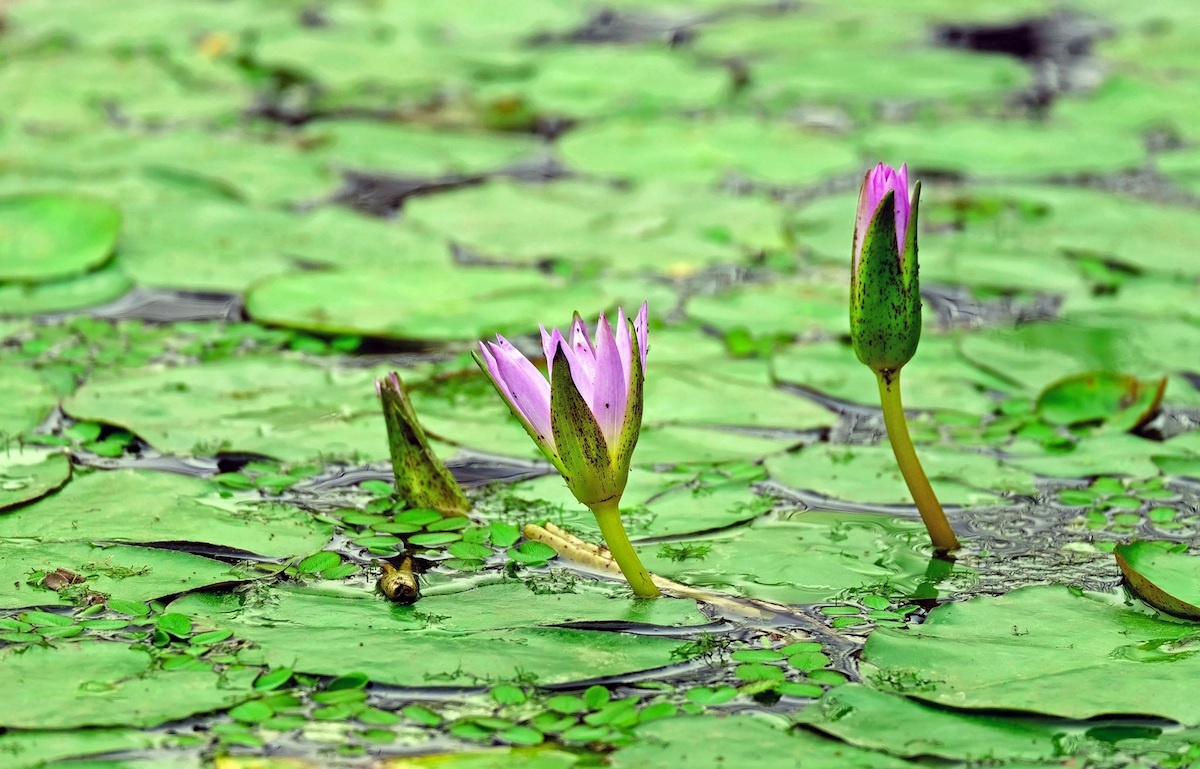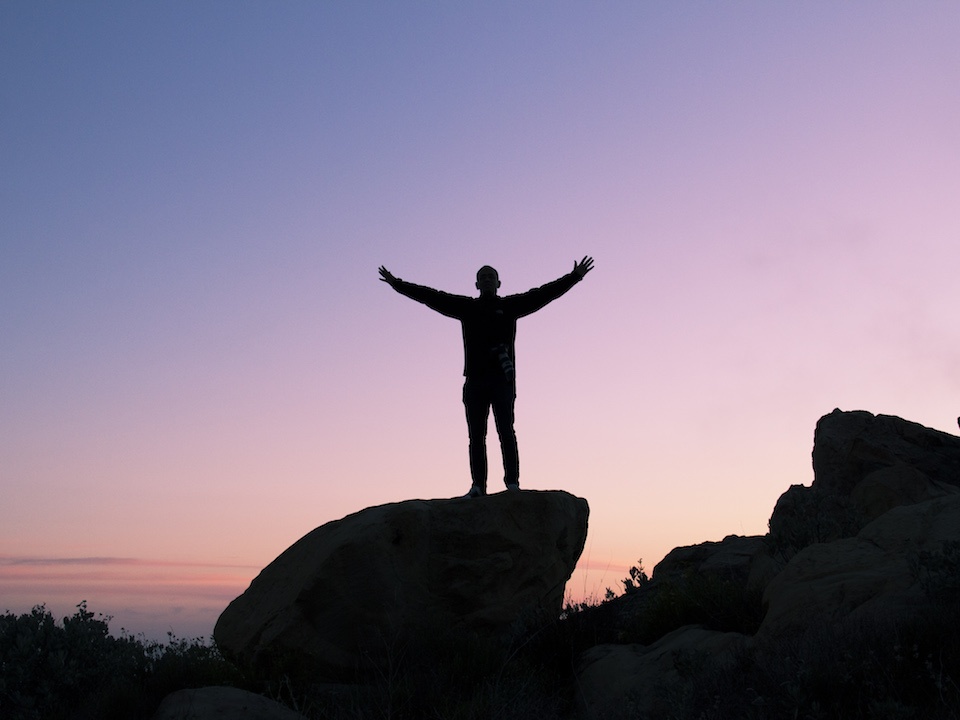In his bestselling book, The Monk Who Sold His Ferrari, author Robin Sharma wisely states: “The mind is a wonderful servant, but a terrible master.” The simple wisdom of these words speaks to the heart of the human experience, for to be human is to be in constant thought. It is to live inside an endless loop of inner chitter chatter about everything that is, was, and ever could be. Without the light of our awareness and the spirit of our conscious intention, we are bound to be the servants of our minds. And most of us know what it feels like to live this way, at the mercy of our own thoughts, consumed by the contents of our minds. But through subtle shifts in attention and the implementation of simple practices, we can enter a new relationship with our minds, becoming their masters and wielding their greatest potential.
Our minds are remarkably powerful, and they’re particularly good at three specific things: storytelling, meaning making, and time traveling. As a therapist and coach, I know all too well how heavily these functions of mind can impact people’s lives. When the mind is the master, the stories it tells, the meanings it makes, and the places it goes can create tremendous suffering. But I also know that while these activities of the mind can be enslaving, they can also serve as the doorways for liberation; they present an opportunity to become the mind’s master.
As storytelling machines, our minds run an ongoing narrative of everything that happens in our lives. The stories they tell us are captivating and distracting, holding our attention and heavily influencing our experience. Our minds can keep us from connecting with the present moment, because instead of attending to what’s happening in that moment, we’re caught up in the stories they tell us—either about what’s happening, or about something else altogether. It’s easy to feel disconnected when the mind is in control; while life unfolds right in front of us, our stories keep us trapped and unable to make contact.
To move from servitude to mastery, we must heighten our awareness of the mind’s propensity for storytelling. Through the development of practices like mindfulness and meditation, we can learn to notice when the stories in our minds are pulling us away from the present moment. The quicker we notice, the quicker and more effectively we can bring our attention back to our experience in the here-and-now. Becoming the master in this way means being more grounded, connected, and present to life.
Our minds are not only great at storytelling, they’re also pretty magnificent meaning-making machines. They interpret everything, filtering information through our personal biases and beliefs, and influencing how we make sense of the world. When we are servants to our minds, the meanings they make can blind and constrict us, keeping us stuck and limiting our perspective. We hold these interpretations—the meaning our minds generate about our experiences—as truths, and we get completely caught up in them. A great example of how this operates is a former client of mine, who came to me after suffering for 30 years from a sense of unworthiness. He shared with me that when he was in the 3rd grade, a couple of boys in his class teased him about his haircut, and a few other kids within earshot laughed along with them. The meaning my client made of that experience was that he was an “unlovable reject,” and he carried that with him throughout the rest of his life, until the point that we met. This example is as common as it is painful; we all know what it’s like to believe what our minds make up about some event or experience, and we know how limiting and damaging that can be.
The shift from servitude to mastery with respect to meaning-making comes with identifying our core beliefs and recognizing the things our minds make up about what we encounter in life. Therapy and coaching are particularly effective ways to develop mind mastery in this area. The more aware we are of the interpretations our minds create—and, most importantly, the ways in which those interpretations affect us—the more we can distinguish the facts from the interpretations, and the less we suffer.
As I mentioned before, our minds are highly sophisticated time-travel machines. At any given moment, we can travel to the near or distant past, the anticipated or imagined future. And while this is, no doubt, a pretty cool thing, it can also get pretty ugly. Because the reality is, our minds let us travel to the past and future, but we have absolutely no control over either one of them. The past is gone, and the future hasn’t happened yet, so dwelling in either one can be an exercise in suffering. When the mind is the master, its time-traveling adventures can cause depression, by dwelling on what’s already happened, and anxiety, by agonizing about what could happen. And that’s not to mention the ways in which all that time-hopping robs us of our ability to be in the present, where life is happening. Many of my clients speak to me about how terrible it can feel when their minds take control and zap them back into an ugly past or zoom them forward into an uncertain future. There’s a reason the Buddha taught so much about being in the present moment; he was wise to the reality that the mind likes to travel, and when it takes us with it, we’re liable to suffer.
To become a master of the mind’s time-traveling nature is to acknowledge that there are some undeniable upsides to this capability. The past is full of rich material; it contains our memories, the lessons we’ve learned, and valuable information that can guide us through life. Thinking about the future can also be advantageous, as we can plan, get excited about upcoming events, and anticipate things on the horizon in order to prepare for them effectively. When we learn how to travel to the past and future with intention and be in the driver’s seat for the voyage, we can use this function of our minds to its greatest capacity and avoiding unnecessary suffering.
The human mind is magnificent. As John Milton so aptly put it, it can “make a heaven of hell, a heal of heaven.” To master the mind is to master life, so why not start moving toward mastery right here and now? As always, I wish you peace and love and am here to keep you company on your journey however it supports you.










